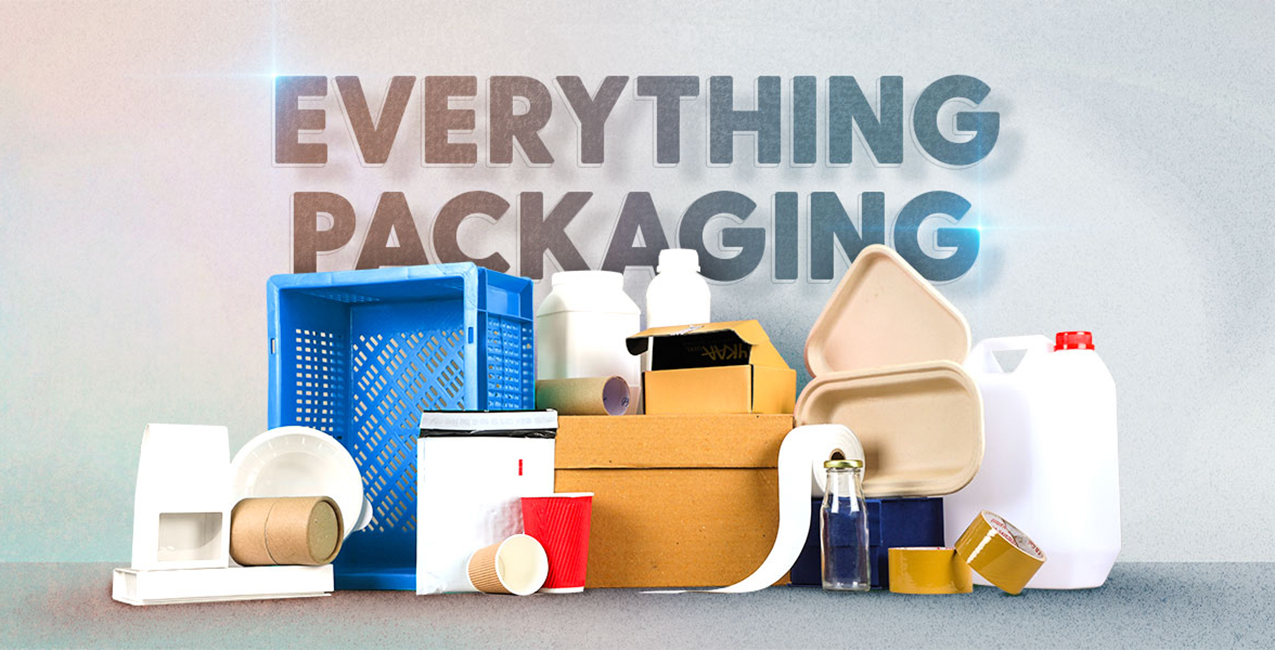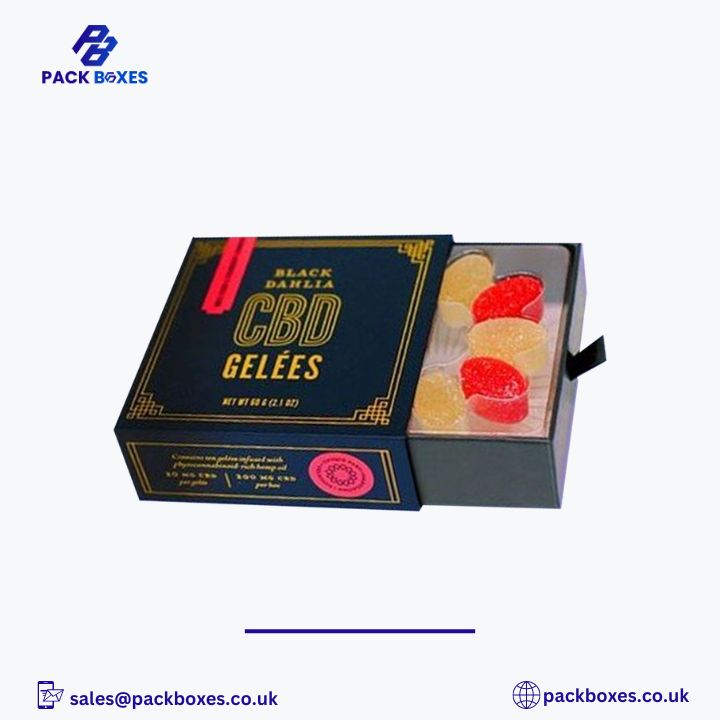Packaging plays a vital role in preserving, protecting, and presenting products across various industries. In the UK, the packaging industry relies heavily on plastics due to their versatility, durability, and cost-effectiveness. Different types of plastics are used based on their properties, sustainability, and application. In this article, we will explore the most commonly used groups of plastics for packaging, their advantages, and how they impact industries like skincare. Additionally, we will discuss the importance of Custom Printed Boxes for Skincare Products and their role in sustainable packaging.
1. Polyethylene Terephthalate (PET)
Polyethylene Terephthalate (PET) is one of the most widely used plastics for packaging in the UK. It is known for its high strength, lightweight nature, and recyclability.
Uses of PET:
- Beverage bottles (water, soda, juices)
- Food packaging (containers for sauces, condiments, and pre-packaged meals)
- Cosmetic and skincare packaging
PET is a preferred choice because it provides an excellent barrier against moisture and gases, ensuring product freshness.
2. High-Density Polyethylene (HDPE)
HDPE is another popular plastic used for packaging due to its resistance to chemicals, moisture, and impact.
Uses of HDPE:
- Milk jugs and juice bottles
- Shampoo and conditioner bottles
- Cleaning product containers
- Custom Printed Boxes for Skincare Products
Its strength and recyclability make it a top choice for industries requiring durable and sustainable packaging solutions.
3. Polyvinyl Chloride (PVC)
Polyvinyl Chloride (PVC) is valued for its durability and flexibility. However, it has faced criticism due to environmental concerns related to its disposal.
Uses of PVC:
- Transparent packaging for electronic gadgets
- Blister packs for medicines
- Skincare product packaging
PVC provides excellent clarity and protection, making it ideal for retail display packaging.
4. Low-Density Polyethylene (LDPE)
LDPE is softer and more flexible than HDPE. It is commonly used for lightweight packaging applications.
Uses of LDPE:
- Plastic bags and pouches
- Squeeze bottles for cosmetics and skincare
- Film wraps and food packaging
LDPE’s ability to withstand stress and moisture makes it an excellent choice for flexible packaging.
5. Polypropylene (PP)
Polypropylene (PP) is known for its high melting point and toughness, making it suitable for packaging that requires heat resistance.
Uses of PP:
- Yogurt cups and food containers
- Caps and closures
- Skincare product tubes
PP is resistant to chemicals and fatigue, ensuring long-lasting packaging solutions.
6. Polystyrene (PS)
Polystyrene (PS) is lightweight and cost-effective, commonly used in disposable packaging.
Uses of PS:
- Food trays and clamshell containers
- Disposable cups and cutlery
- Protective packaging for electronics
Despite its affordability, polystyrene is not as eco-friendly as other plastics due to its difficulty in recycling.
7. Biodegradable and Compostable Plastics
With the increasing demand for sustainability, biodegradable plastics are gaining popularity in the UK.
Uses of Biodegradable Plastics:
- Eco-friendly food containers
- Sustainable Custom Printed Boxes for Skincare Products
- Compostable bags
These plastics decompose naturally, reducing environmental impact while still offering high-quality packaging solutions.
The Importance of Custom Packaging in the Skincare Industry
The skincare industry in the UK thrives on aesthetic and functional packaging. Custom Printed Boxes for Skincare Products play a crucial role in branding, sustainability, and customer engagement. By using recyclable and eco-friendly plastics, businesses can enhance their brand’s reputation while meeting environmental standards.
Benefits of Custom Packaging:
- Brand Recognition: Enhances visibility and creates a memorable impression.
- Protection: Ensures skincare products remain intact and uncontaminated.
- Sustainability: Reduces waste by using recyclable materials.
Conclusion
The UK packaging industry continues to evolve with a focus on sustainability and innovation. PET, HDPE, PVC, LDPE, PP, and PS remain dominant choices, but biodegradable alternatives are gaining traction. The skincare sector benefits significantly from Custom Printed Boxes for Skincare Products, providing both functionality and eco-conscious branding. As businesses and consumers become more environmentally aware, the push for sustainable packaging solutions will shape the future of the industry.
FAQs
- What is the most commonly used plastic for packaging? PET is the most commonly used plastic due to its recyclability and versatility in food and cosmetic packaging.
- Are plastics safe for skincare product packaging? Yes, plastics like PET and HDPE are safe and commonly used for skincare packaging.
- Why is PET preferred for cosmetic packaging? PET is lightweight, durable, and provides a strong barrier against moisture and gases.
- Are biodegradable plastics effective for skincare packaging? Yes, they provide eco-friendly solutions while maintaining product integrity.
- How does custom packaging benefit skincare brands? It enhances brand identity, ensures product safety, and supports sustainability.
- What are the challenges of using plastic packaging? Environmental concerns and waste management are significant challenges.
- Is PVC recyclable? PVC is recyclable but poses environmental challenges due to its chlorine content.
- Which plastic is best for squeeze bottles in skincare products? LDPE is ideal due to its flexibility and durability.
- What role does PP play in skincare packaging? PP is used for caps, closures, and tubes due to its chemical resistance.
- How can businesses reduce plastic waste in packaging? By using recyclable materials, reducing excess packaging, and opting for biodegradable options.
This article provides a detailed insight into the different types of plastics used in packaging, their applications, and how they impact the skincare industry. With sustainable solutions on the rise, businesses can adopt environmentally friendly alternatives while maintaining high-quality packaging standards.







